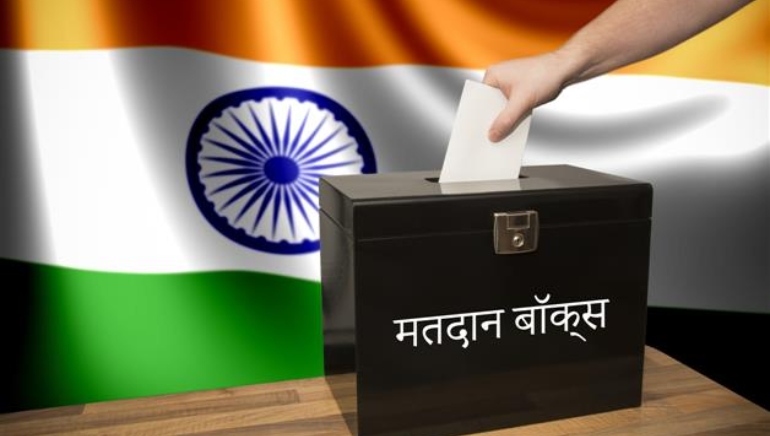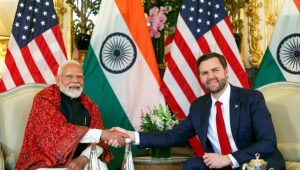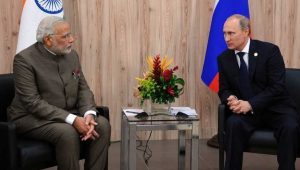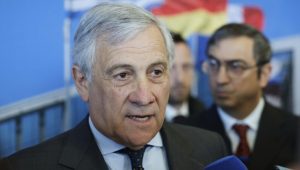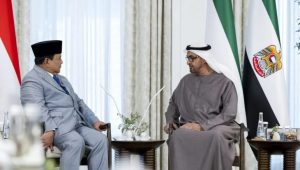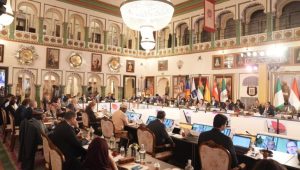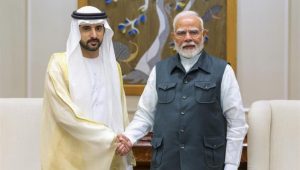The largest general election in history is expected to take place in India from April to June, with the announcement of the results on June 4. The election, which will determine the 18th Lok Sabha and have around one billion eligible voters, is a significant democratic endeavour.
Almost a billion people will cast ballots in this six-week, seven-phase election extravaganza, which will see unprecedented participation. Concurrently, four state assemblies—Andhra Pradesh, Odisha, Arunachal Pradesh, and Sikkim—will also conduct polls, with Odisha’s elections spread over four phases.
To facilitate this mammoth electoral process, over one million polling stations will be established across the country, accommodating more than 960 million voters. In the previous 2019 election, the PM Narendra Modi-led Bharatiya Janata Party (BJP) won a majority. PM Modi’s leadership has significantly increased India’s economic growth and diplomatic influence, particularly in regions where emerging and developing nations represent India.
The opposition parties have escalated their criticism of PM Modi’s administration, citing worries over economic inequality and claims of religious division, even though polls suggest that the BJP is likely to retain its majority. As PM Modi runs for a third term in a row, all eyes are on the BJP’s performance, with a particular focus on any changes that might occur in the parliamentary dynamics.





